Clay brick pavers are commonly used in both commercial and residential paved areas. They are found in walkways, sidewalks, fire lanes, and other paved areas that expect regular traffic and need to bear weight.
Disadvantages of Clay Brick Pavers
While some people appreciate the look of clay brick pavers, they can pose a lot of problems that may make using them not worthwhile. Let’s take a look at some of the disadvantages of clay brick pavers and why maybe, they shouldn’t be your first choice when considering paving a commercial or residential area.
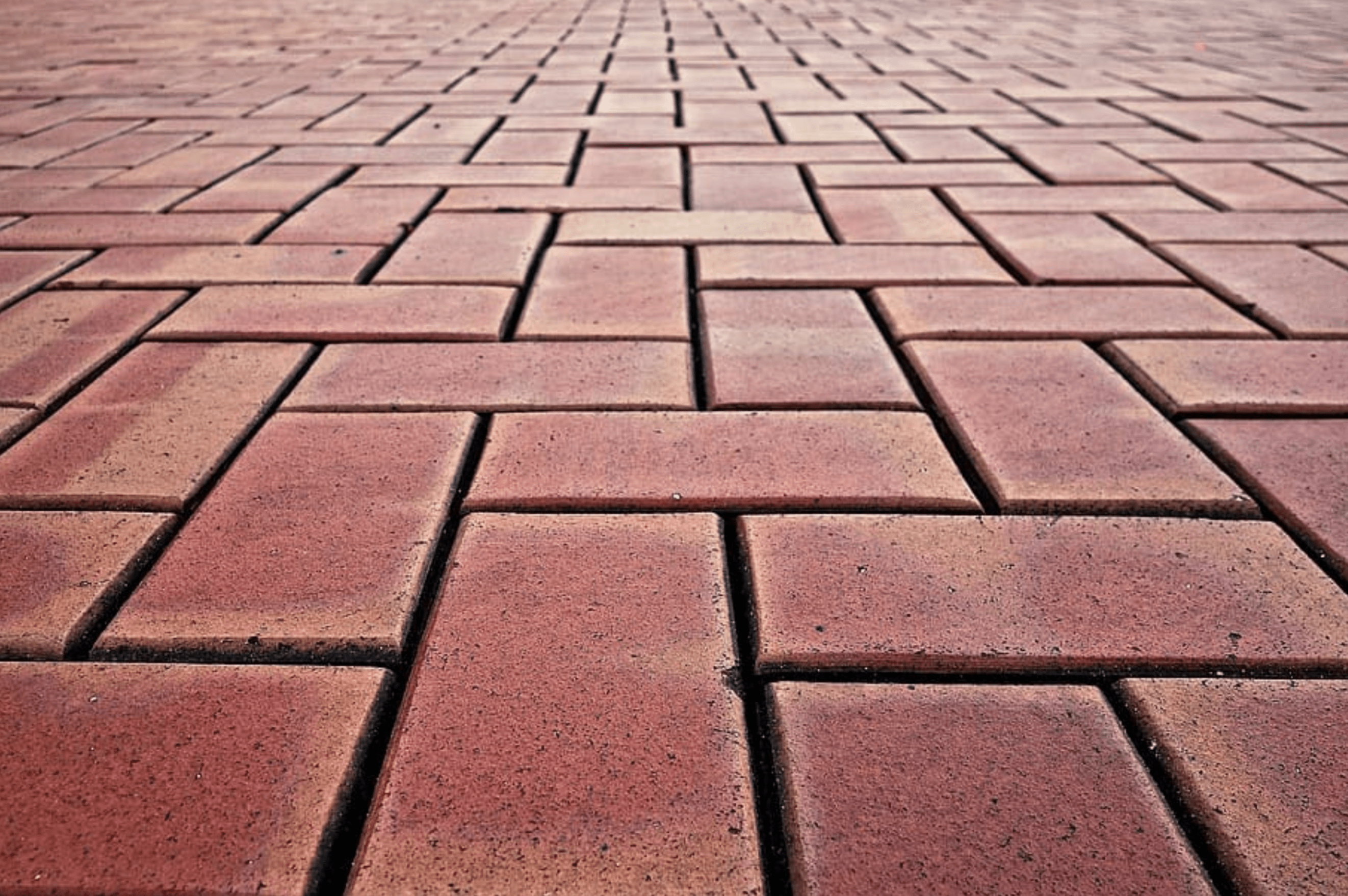
1. High Cost
The cost of clay brick pavers in any setting is relatively high compared to other materials. While plastic permeable pavers are the most cost-effective paving material, brick comes in on the expensive side, outpricing both asphalt and concrete. Only natural stone pavers, like limestone, marble, sandstone, granite, and bluestone, cost more than clay brick pavers. Price can be an issue, especially if you’re paving a large area.
The average cost of clay brick pavers is about $5 per square foot, but that’s without factoring in installation costs. Unless you’re installing them yourself, the cost of installing clay brick pavers will range from $10 to $20 per sq ft. Depending on the design and style of the clay brick pavers, however, it could cost you even more.
2. Durability Issues
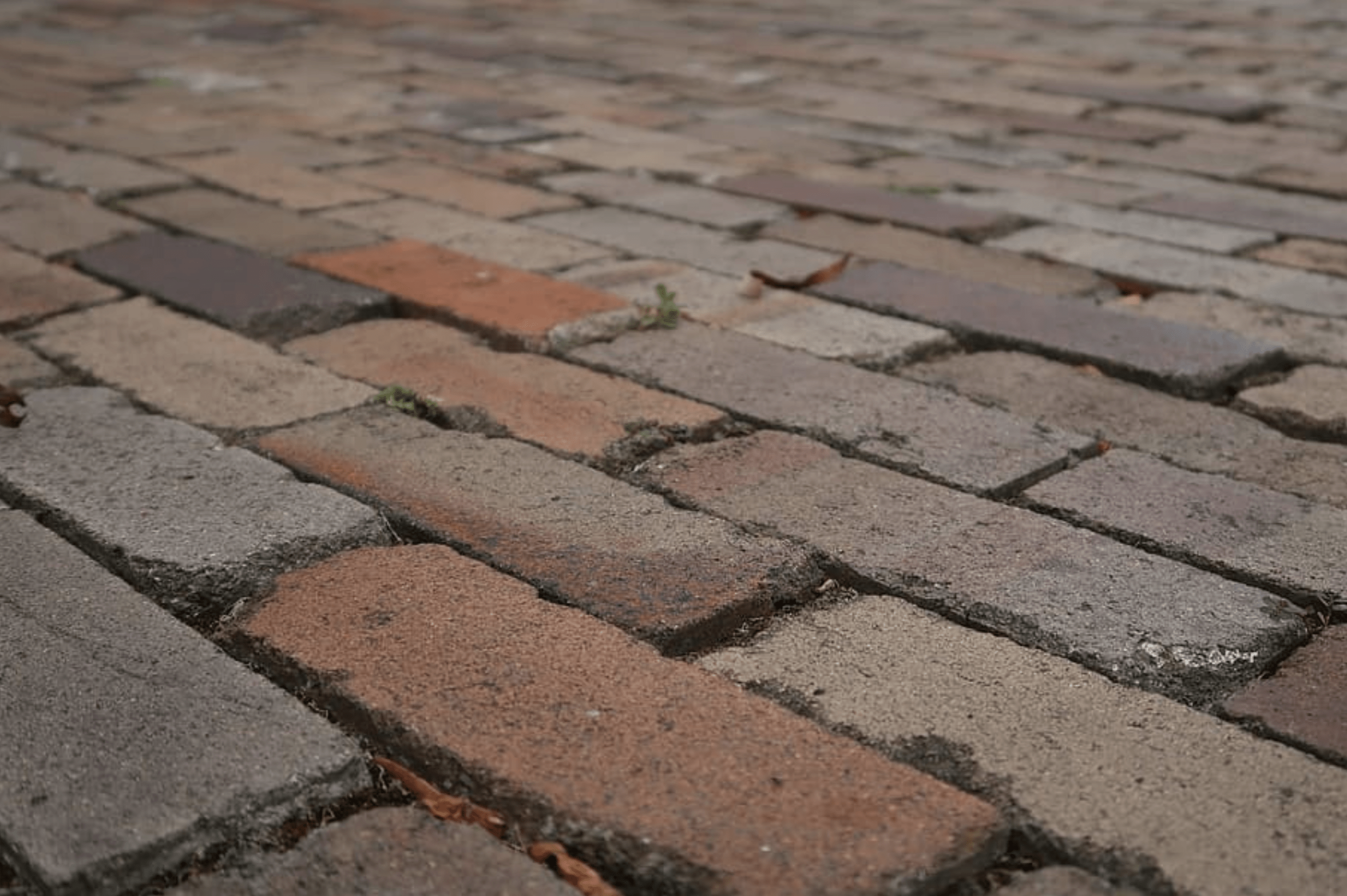
Clay is a quite fragile material. Unlike concrete, there’s not much you can do to make it more durable, either. Clay brick pavers will easily weather over time from moisture and sun exposure. They can also be chipped or cracked quite easily and would need to be replaced if this happens.
In comparison to a highly durable material like recycled plastic pavers, clay brick pavers are easily damaged. There is also no quick fix for repairing them, unlike asphalt, which can be repaved, or concrete, which can be resurfaced.
3. Maintenance Requirements
Clay brick pavers require regular maintenance to prevent them from breaking down, flaking, peeling, and wearing away. Whether they are laid in sand or mortar, clay bricks need to be covered with a sealant. Without regular reapplication of this sealant, clay pavers will quickly break down.
They also need to be pressure washed at least twice a year, and sealant needs to be reapplied after each washing. New sand must be packed into the crevices between the pavers or new mortar applied after each washing, depending on how they are laid.
You also have to take care to remove any weeds or moss that might spring up between the clay brick pavers. Compared to a low-maintenance paving material like plastic permeable pavers, clay brick pavers require a moderate to high level of maintenance to keep them in tip-top shape.
4. Lack of Permeability
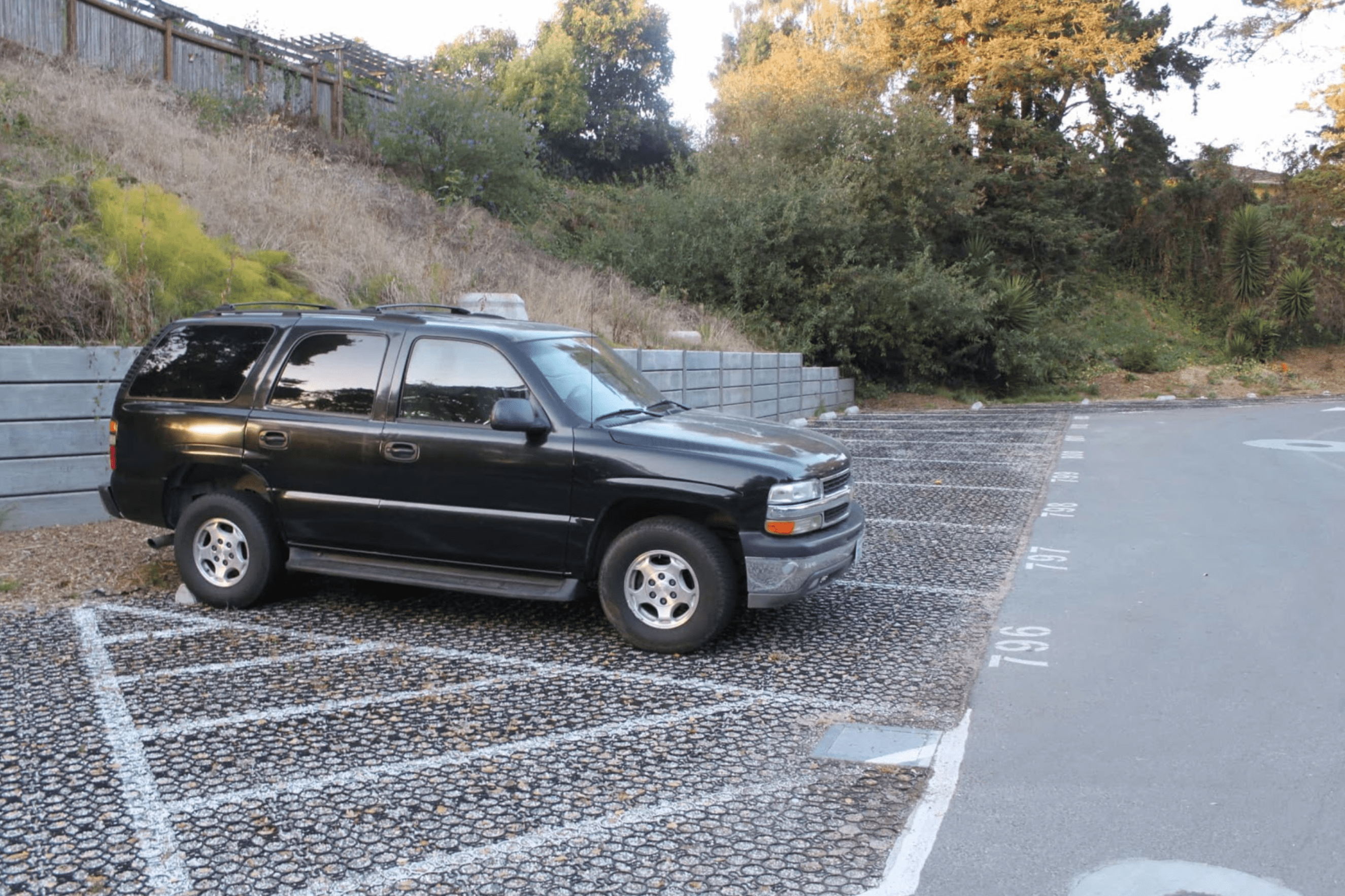
While clay brick pavement can be somewhat pervious if the joints are filled with sand or finely ground gravel, they don’t compare in performance to a material like plastic permeable pavement.
Heavy rain will create an overflow of water in most cases, leading to flooding if there isn’t a stormwater drainage system in place. While this isn’t an issue for small clay brick paver applications or residential usage that is near a local drainage system, it can cause major problems in commercial settings or residential areas prone to flooding.
5. Lack of Aesthetic Variety
While the look of clay brick pavers is one of its main selling points, they are somewhat limited when it comes to stylistic variety. The bricks only come in rectangular shapes in most cases, and colors are limited to reds and browns. This can be a major downside for those who want to be creative with their pavement design.
A Better Alternative to Clay Brick Pavers
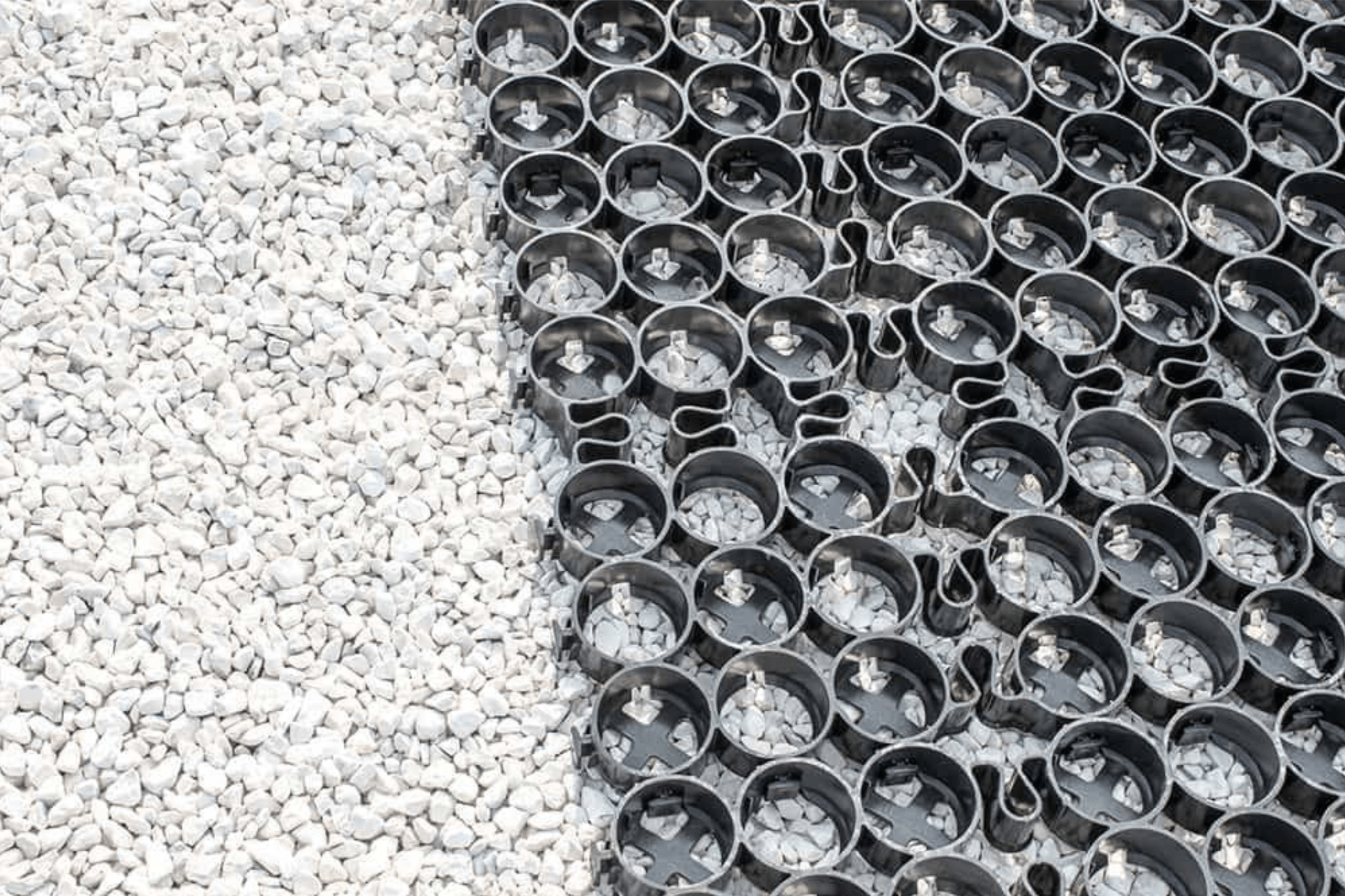
Whether you’re looking to pave a commercial or residential area, there are better alternatives to clay brick pavers. Permeable plastic pavers, for instance, provide you with a clean, attractive surface that is far more durable and cost-effective.
These pavers are typically made from 100% recycled plastic, which is more eco-friendly and requires almost no maintenance compared to clay brick pavers.
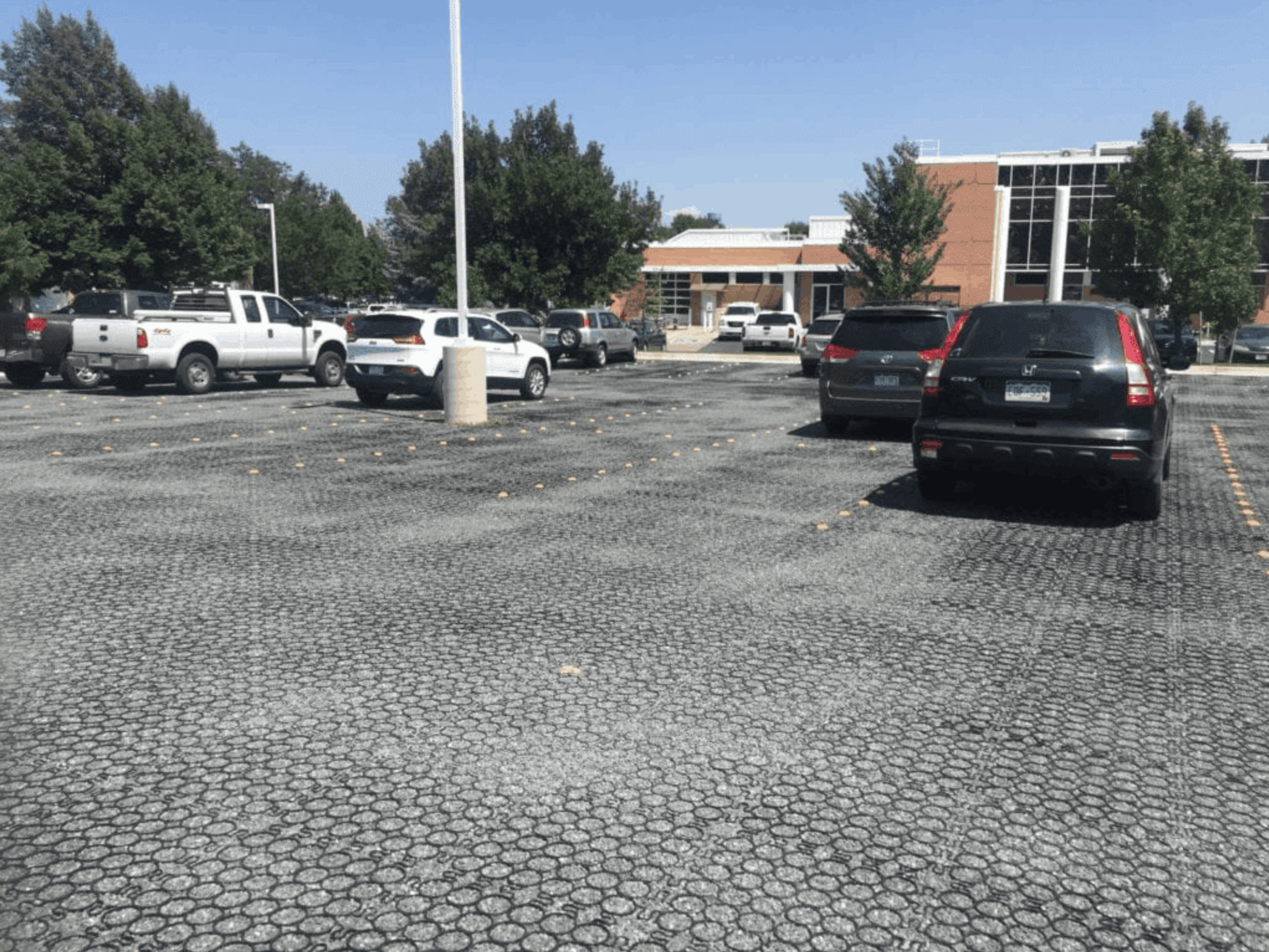
They also offer a bit more stylistic variety because you can use multiple types and colors of aggregate to fill them, and the pavers themselves can be trimmed and cut to fit any shape you want. So, you can use them to build anything from a small walkway to a massive parking lot.
If you want a paving material that can handle heavy traffic, sun exposure, and rainfall without wearing down or requiring maintenance, permeable plastic pavement is definitely the way to go. The cost-effectiveness, eco-friendliness, durability, stylistic variety, and ease of installation that these pavers provide are unmatched by any other paving material on the market.
Contact TRUEGRID today for more information on a better-than-brick paving solution.



